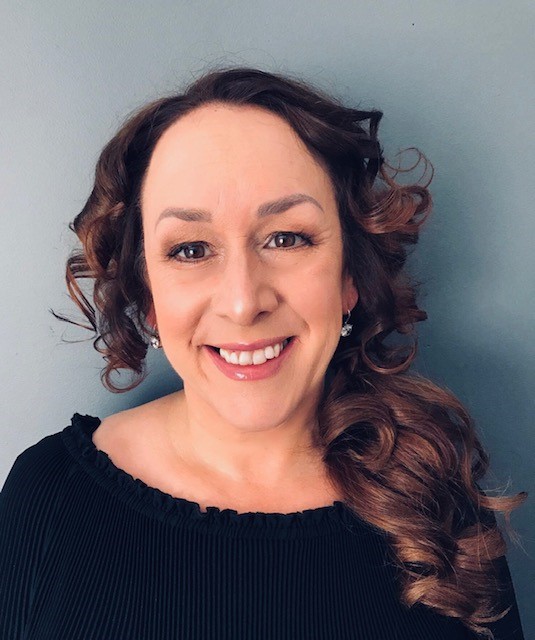Coming soon
As promised, here we are back with news on the refresh plans for the SIAM Professional Body of Knowledge, due for launch early 2020.
In this final mini blog ‘from the architect’s desk’ we want to share more detail of what you can expect to see in the refreshed Professional BoK. Many of the updates are because of the increasing maturity in the application of SIAM principle and concepts, and we are excited to share information on the additions.
Trust based supplier management
Of course, in SIAM ecosystems, the best outcomes are achieved when there is trust between the customer organisation, the service integrator and the service providers. Trust based supplier management is an approach that recognises this, varying the amount of governance performed by the service integrator over service providers, depending on the level of trust in each provider. This helps to further build trust, support cooperation, and allows the service integrator to allocate their management time where it is most needed.
Many organisations have historically managed suppliers using an approach that relied solely on contracts. This can lead to caution and mistrust when designing a supplier and contract management strategy for SIAM, resulting in very detailed contracts with excessive reporting requirements and penalty clauses. Such organisations can find it difficult to transition to a SIAM model which, for success, requires collaboration, cooperation and trust.
Trust based supplier management can be used instead of, or in conjunction with, these more traditional supplier management techniques. The choice of approach will depend on the nature of the contracts and the maturity of the relationship between the service integrator and each service provider.
Contract and agreements
In general, there is a refresh of the content and structure regarding SIAM contracts (or at least the options for this), as well as more on the use of non-contractual agreements, mainly between the service integrator and the service provider(s).
To some degree this helps to tackle the difficulty of maintaining end to end reporting focused on business outcomes, whilst having specific provider targets as part of measuring and reporting.

SIAM contract structures should include collaboration requirements, or be supplemented with collaboration agreements, that codify the principles of collaboration and delivering services jointly for the benefit of the customer organisation rather than as disparate and siloed service providers.
Collaboration agreements need to serve all parties fairly and not put unnecessary limits on working practices, or hamper service providers by creating restrictions that will render their contribution untenable or unprofitable. This conflict requires a well-founded agreement. So, within the Professional BoK, we have spent more time explaining the structure, content and application of these agreements.
Measuring the service integrators value
It is often challenging to measure the value of the service integrator. On the surface, it may seem simple: if the end to end service is running well, the service providers are performing and the customer organization is happy, then things must be going well.
Measuring the service integrator’s value is far more difficult than measuring an individual service provider, so a degree of innovation is needed. The measures need to be experiential and behavioural, for instance:
• The analysis of governance activities undertaken, for instance the reduction in service credits.
• The measurement around the specific structural functions in SIAM such as boards, process forms and working groups.
• Process maturity and integration measures, for instance: how well are processes implemented and how far do they reach across the environment
• Collaboration success, subjective measures of the performance of the service integrator in driving collaboration across the ecosystem
• Improvement and innovation, running successful service improvement plans and coordinating actions across providers within the ecosystem and demonstrable evidence of genuine service innovation, as opposed to improvement.
Defining these metrics to be meaningful and valuable is important for success and that is why we have extended the guidance here.
Skills frameworks
In the first version of the BoK, we recommended considering using SFIA or a similar framework to assist in the definition of the required SIAM capabilities. In SIAM, SFIA can be used in a number of ways such as to create a current skills inventory, definition of role profiles and job descriptions, identification of skills, gap analysis and development action planning. There have been some additions to skills frameworks since the BoK was created so we’ve added information on the Japanese iCompetency Dictionary and the European e-Competence Framework (e-CF).
Agile, Lean and DevOps
In both the SIAM Foundation and Professional BoK’s we have introduced more information about the role of these approaches and ways of working. The fundamental principles of SIAM do not change, but how service providers work together, the level of automation, governance considerations and the type of collaboration that takes place may need to adapt to embrace these practices and approaches.

In the Professional BoK, we have added an appendix to provide an overview of how principles within Lean, Agile and DevOps can be considered within the SIAM roadmap and incorporated into the SIAM ecosystem. If the customer organisation, service integrator or service providers already have proven capabilities in these areas, the service integrator will need to consider when, where and how to apply these ways of working. We are hoping that the appendix provides some useful insights on this.
And finally,…
It was important to refresh the BoK’s since SIAM has never been more important than it is today. To remain competitive and relevant, organisations need to be increasingly adaptable, agile, innovative and able to respond quickly to changing business requirements. This means that organisations will be looking to more not less service providers, who are market leaders in their areas of specialism. As a result, SIAM is needed to manage the complexity that is an increasing myriad of service providers.
We hope this blog provides information on how the refresh of the SIAM Professional Body of Knowledge promises to provide some helpful additions to the original publication.

About the authors
With a combined experience of over 50 years in service management, Michelle and Simon Dorst are well known in the industry.
They are Lead Architects for the Scopism Service Integration and Management Professional Body of Knowledge (BoK) and founder members of the SIAM Foundation BoK architect team, as well as Subject Matter Experts for both EXIN and BCS in developing the accreditation around this. The team was awarded Thought Leaders of the Year at the Professional Service Management Awards by the itSMF UK (in 2017).

Both have been an active committee member of various service management groups and forums for many years, including the itSMF in WA. They shared the award of ITSM Thought Leader of the Year in 2018 and were both the Service Management Champion of the Year (Michelle in 2017, Simon in 2018) from itSMF Australia.
Michelle was also awarded HDIs Top 25 Thought Leaders in Technical Support and Service Management for 2020.



